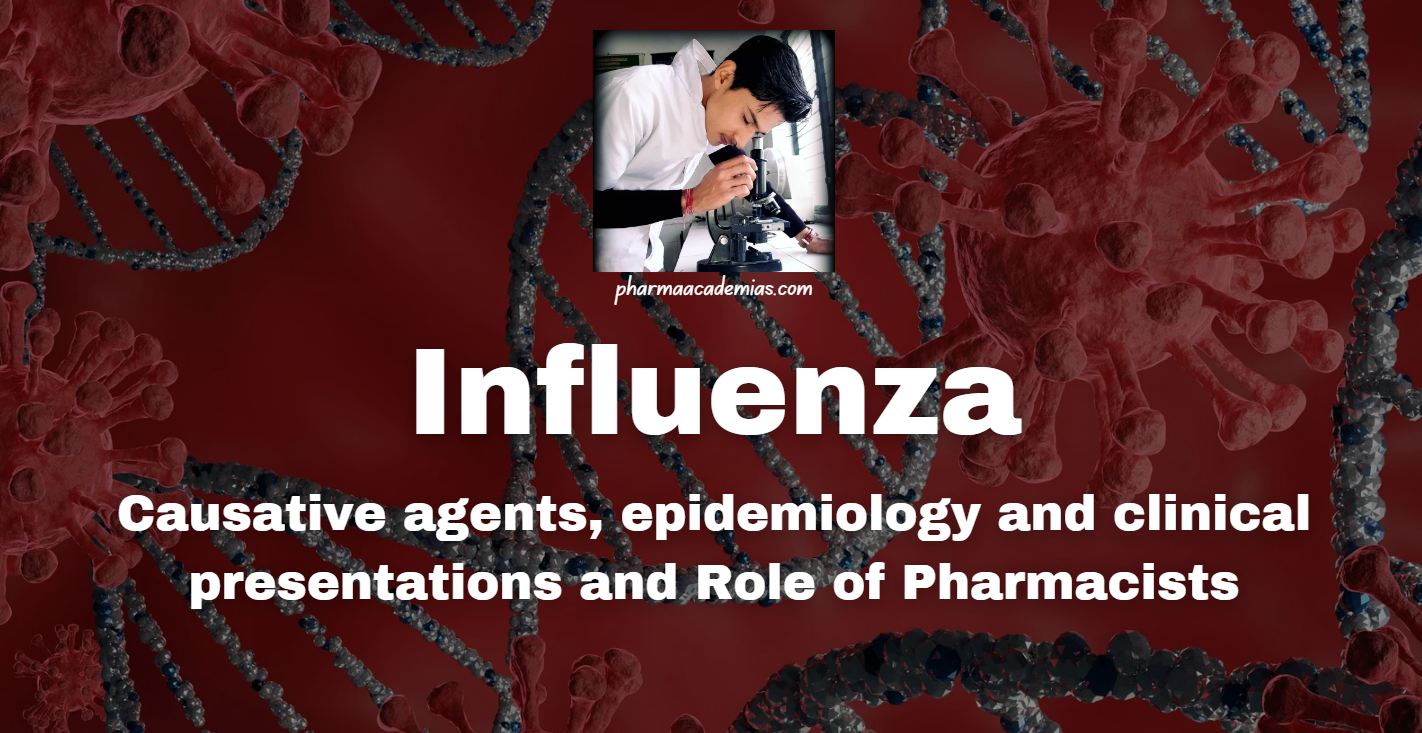Chemotherapy is a crucial component of cancer treatment that involves the use of drugs to kill or inhibit the growth of cancer cells. Neoplastic diseases, commonly known as cancer, are characterized by uncontrolled cell division and the ability of cancer cells to invade surrounding tissues. Chemotherapy aims to target and eliminate these rapidly dividing cells throughout the body.
Basic Principles of Chemotherapy for Neoplastic Diseases
1. Cytotoxicity
The primary principle of chemotherapy is cytotoxicity, the ability of certain drugs to kill or damage cancer cells. Chemotherapeutic agents disrupt the cell cycle, preventing cancer cells from dividing and proliferating.
2. Systemic Treatment
Unlike localized treatments such as surgery or radiation therapy, chemotherapy is systemic. It circulates throughout the bloodstream, reaching cancer cells that may have spread to distant sites, making it effective against metastatic disease.
3. Cell Cycle Specificity
Chemotherapeutic agents can be cell cycle-specific or non-specific. Cell cycle-specific drugs target cells at specific cell cycle phases, such as S or M phase. Non-specific drugs act on cells at any phase of the cell cycle.
4. Combination Therapy
Combinations of different chemotherapy drugs are often used to increase efficacy and reduce the likelihood of resistance. Different drugs may have complementary mechanisms of action or act on cancer cells at various points in the cell cycle.
5. Dose Intensity and Schedule
The success of chemotherapy often depends on delivering an adequate drug dose over a specified period. The intensity and schedule of chemotherapy are carefully planned to maximize the destruction of cancer cells while minimizing damage to healthy tissues.
6. Chemoresistance
Cancer cells can develop resistance to chemotherapy over time. This can occur due to genetic mutations, drug transport changes, or cellular repair mechanism alterations. Overcoming chemoresistance is a major challenge in cancer treatment.
7. Adjuvant and Neoadjuvant Therapy
Doctors frequently administer chemotherapy as adjuvant therapy after surgery or radiation to eliminate residual cancer cells. They use neoadjuvant therapy before surgery to shrink tumors and make surgical removal more feasible.
8. Targeted Therapies
Advances in cancer research have led to the development of targeted therapies that specifically target molecules involved in cancer growth. These therapies aim to minimize harm to normal cells and enhance the effectiveness of treatment.
9. Side Effects
Chemotherapy affects rapidly dividing cells, not only cancer cells but also normal cells with high turnover rates. This can result in side effects such as bone marrow suppression, hair loss, gastrointestinal issues, and fatigue. Supportive care is often provided to manage these side effects.
10. Monitoring and Assessment
Healthcare professionals closely monitor patients undergoing chemotherapy by utilizing imaging, blood tests, and other assessments to assess the treatment’s response. They may adjust the chemotherapy regimen based on treatment efficacy and the patient’s tolerance.
Chemotherapy for neoplastic diseases is a dynamic and evolving field that continues to advance with ongoing research. The development of new drugs, personalized treatment approaches, and a deeper understanding of cancer biology contribute to improving outcomes for individuals diagnosed with cancer.




